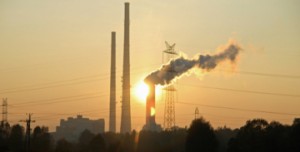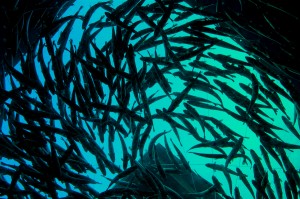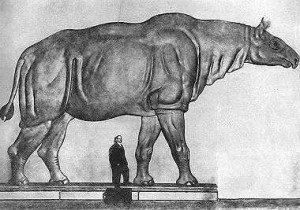
Andrew Weaver of the University of Victoria is one of Canada’s more outspoken scientists, and in the past two weeks he’s done even more speaking out than usual. First, it was the federal government’s alleged muzzling of scientists. Then on Sunday Weaver, along with PhD candidate Neil Swart, published a commentary in Nature Climate Change which showed that the potential global warming from Alberta’s oil sands is actually quite small compared to that from other fossil fuel sources, such as coal and natural gas. That may sound surprising, but it shouldn’t. The numbers weren’t exactly new; it’s the way Weaver and Swart presented them that made all the difference. And despite what some may argue, this study in no way provides a green light for oil sands development. Weaver is obviously a busy guy, but I did manage to talk to Neil Swart earlier this week. Here’s the story behind the latest paper.
Continue reading


